
Mary Louise Brooks (November 14, 1906 – August 8, 1985) was an American film actress and dancer during the 1920s and 1930s. She is regarded today as an icon of the Jazz Age and flapper culture, in part due to the bob hairstyle that she helped popularize during the prime of her career. Brooks began her career as a dancer. While dancing in the Ziegfeld Follies in New York City, she came to the attention of Walter Wanger, a producer at Paramount Pictures, and was signed to a five-year contract with the studio. She appeared in supporting roles in various Paramount films before taking the heroine's role in Beggars of Life (1928). Dissatisfied with her mediocre roles in Hollywood films, Brooks went to Germany in 1929 and starred in three feature films that launched her to international stardom: Pandora's Box (1929), Diary of a Lost Girl (1929), and Miss Europe (1930); the first two were directed by G. W. Pabst. By 1938, she had starred in seventeen silent films and eight sound films. After retiring from acting, she fell upon financial hardship and became a paid escort. For the next two decades, she struggled with alcoholism and suicidal tendencies. Following the rediscovery of her films by cinephiles in the 1950s, a reclusive Brooks began writing articles about her film career; her insightful essays drew considerable acclaim. She published her memoir, Lulu in Hollywood, in 1982. Three years later, she died of a heart attack at age 78. [preceding biography, edited, from Wikipedia]
Birthday: November 14, 1906
Death: August 08, 1985
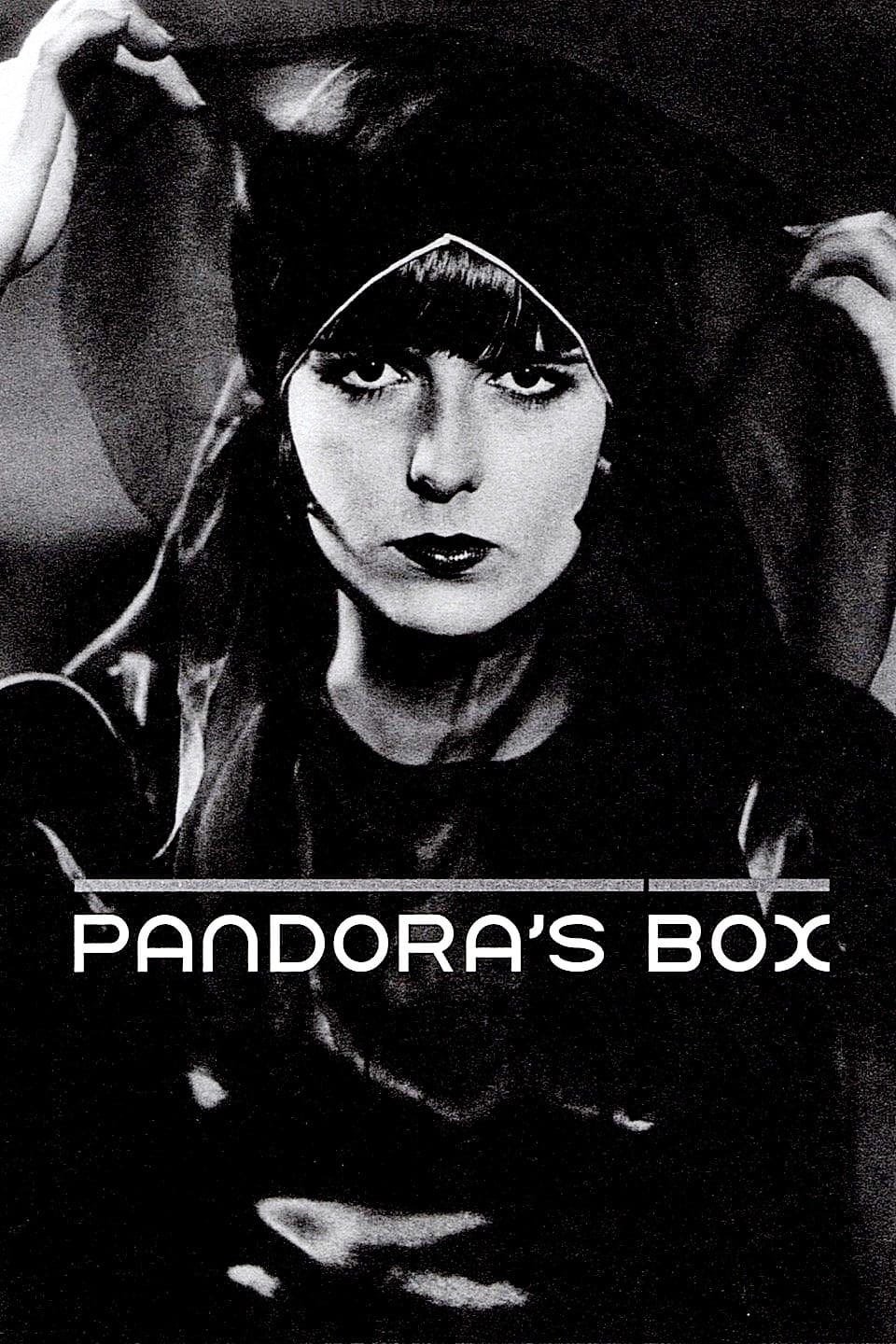
January 30, 1929
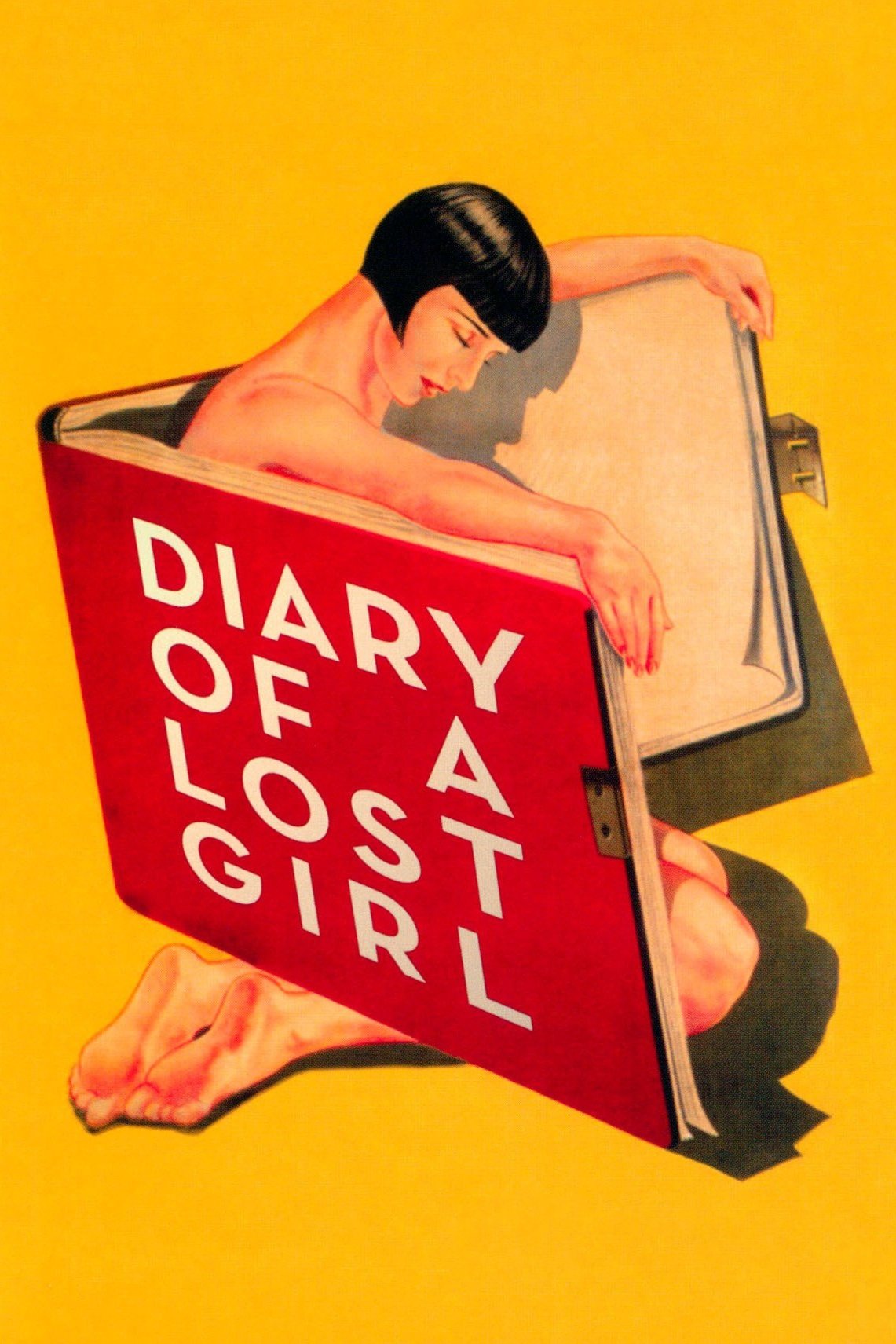
September 27, 1929

July 24, 1925
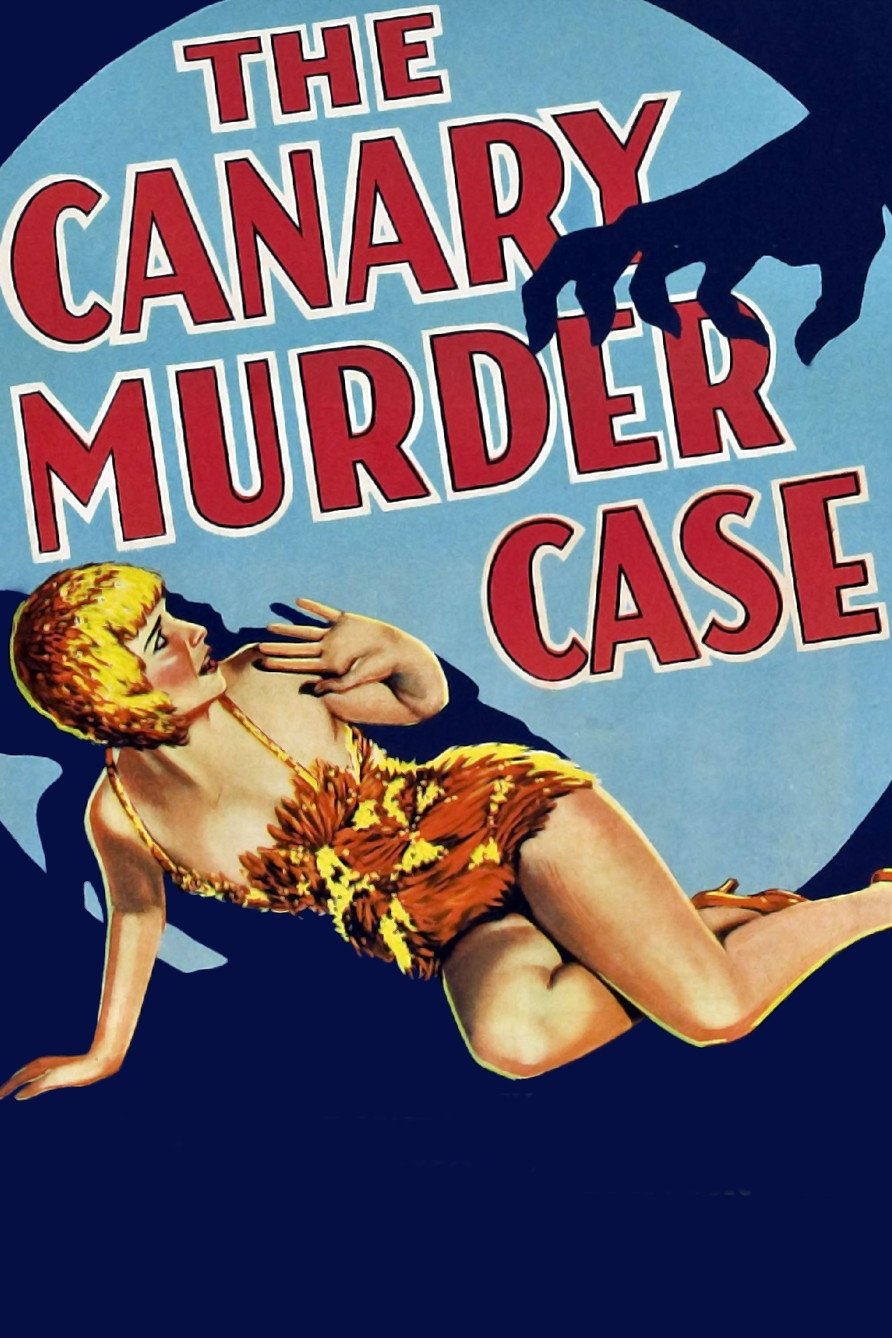
February 16, 1929

August 01, 1930
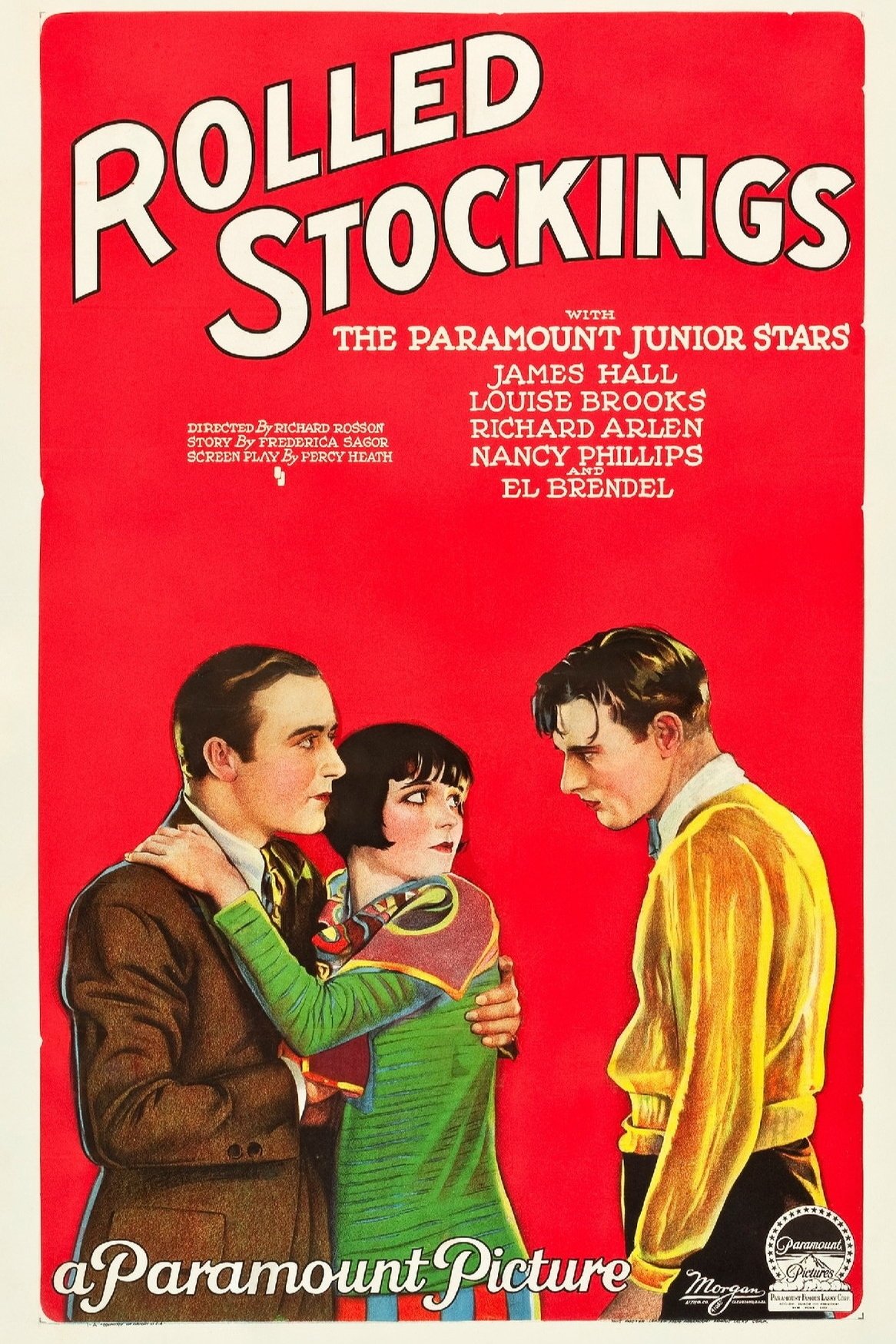
June 18, 1927

September 22, 1928

August 16, 1926

February 26, 1928
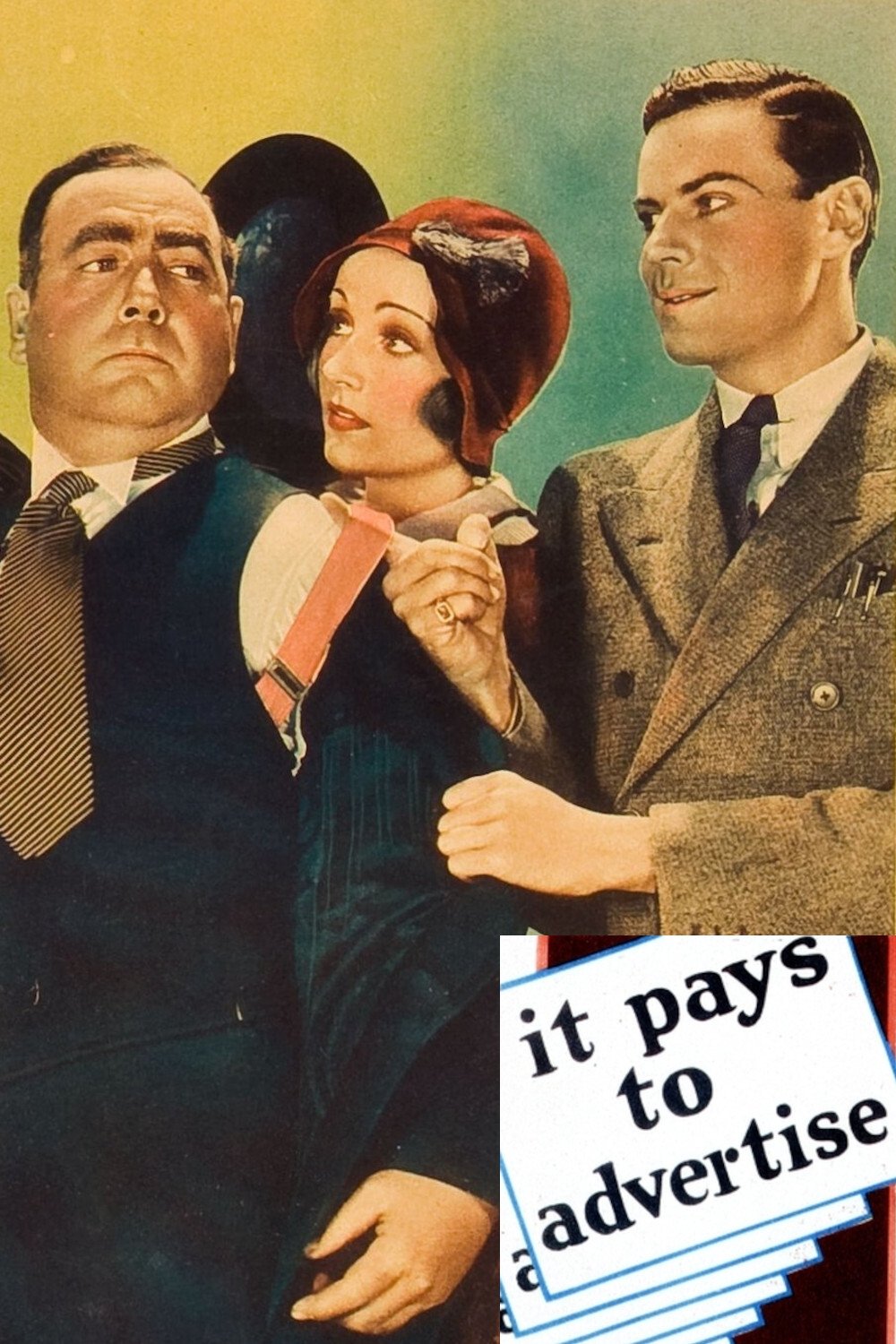
February 18, 1931

March 19, 1926

September 20, 1938
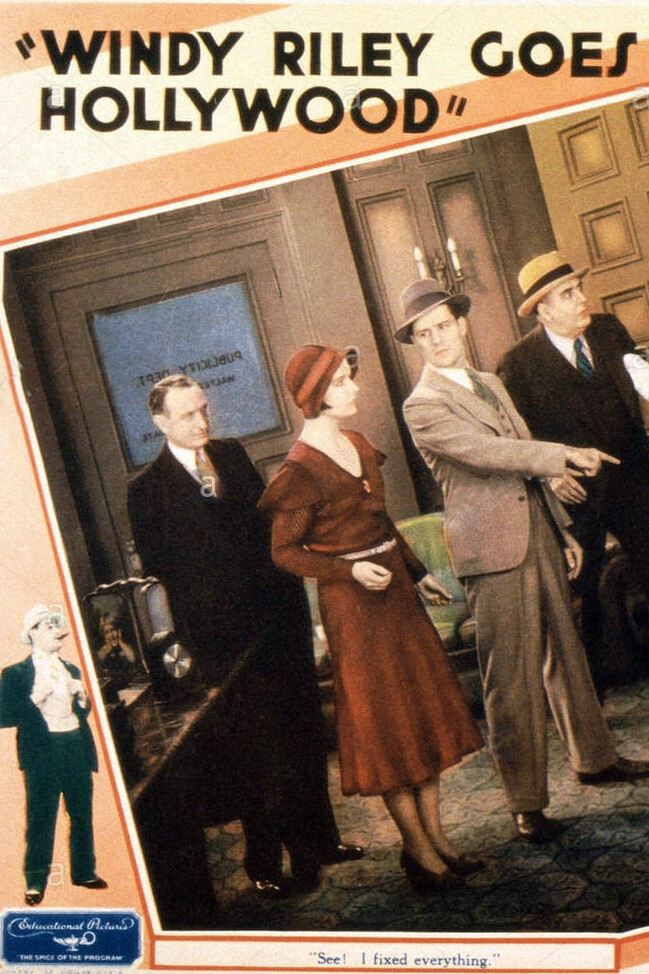
May 02, 1931

July 10, 1926

June 14, 1999
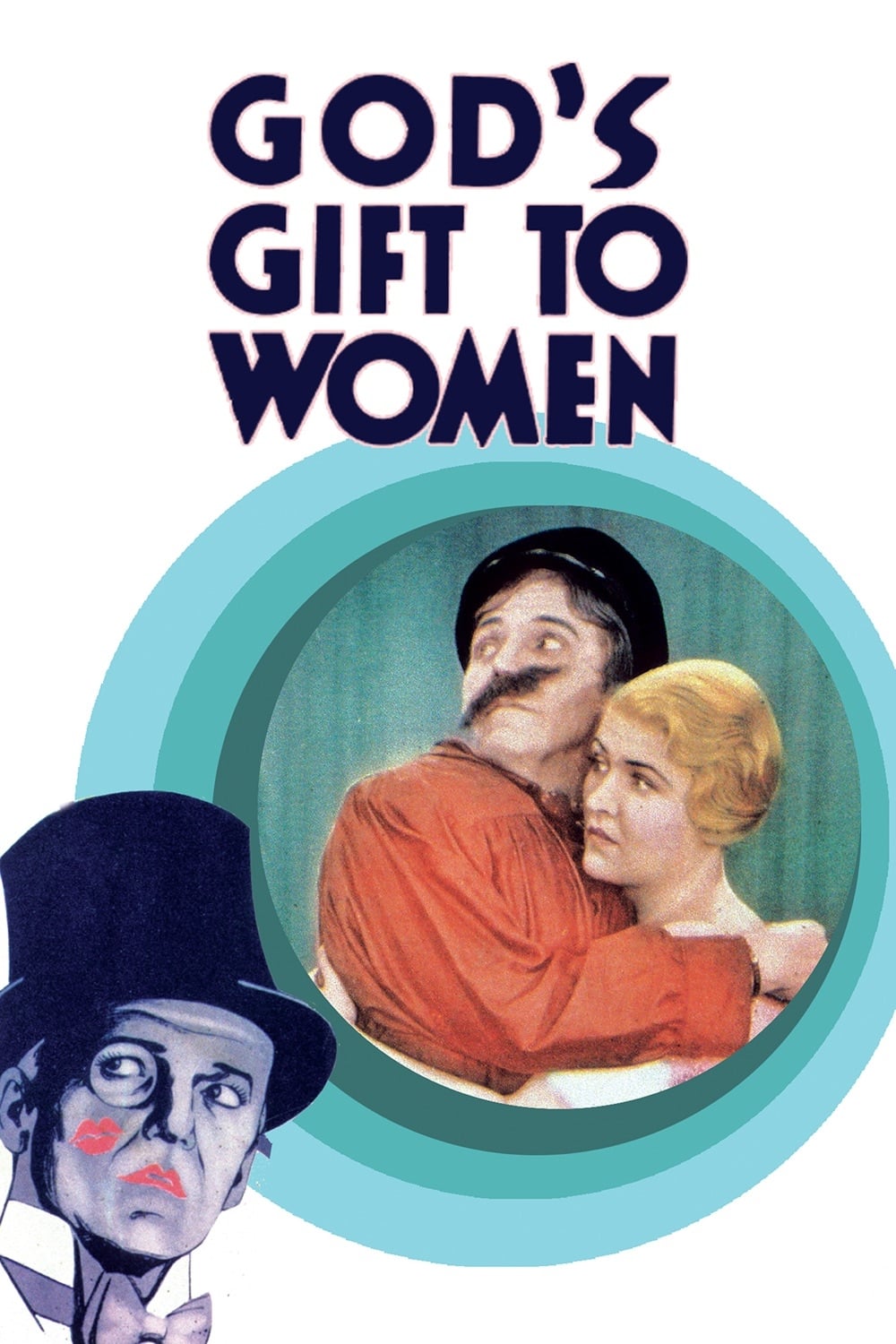
April 13, 1931

April 03, 2011

December 20, 1936

January 01, 1989

October 21, 1927
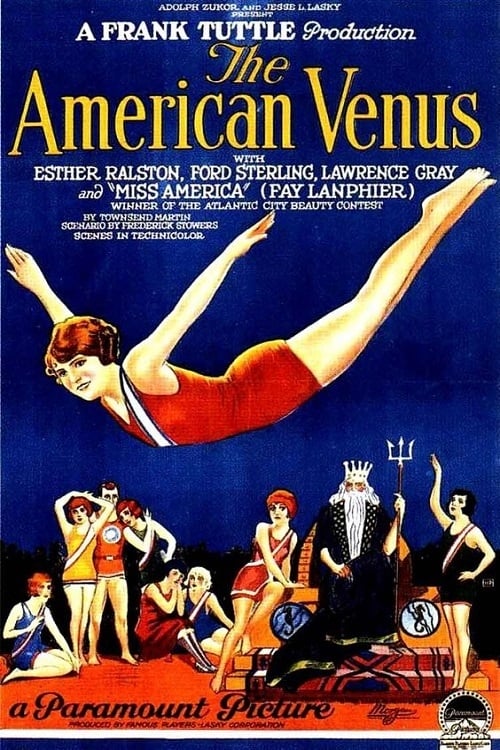
January 31, 1926
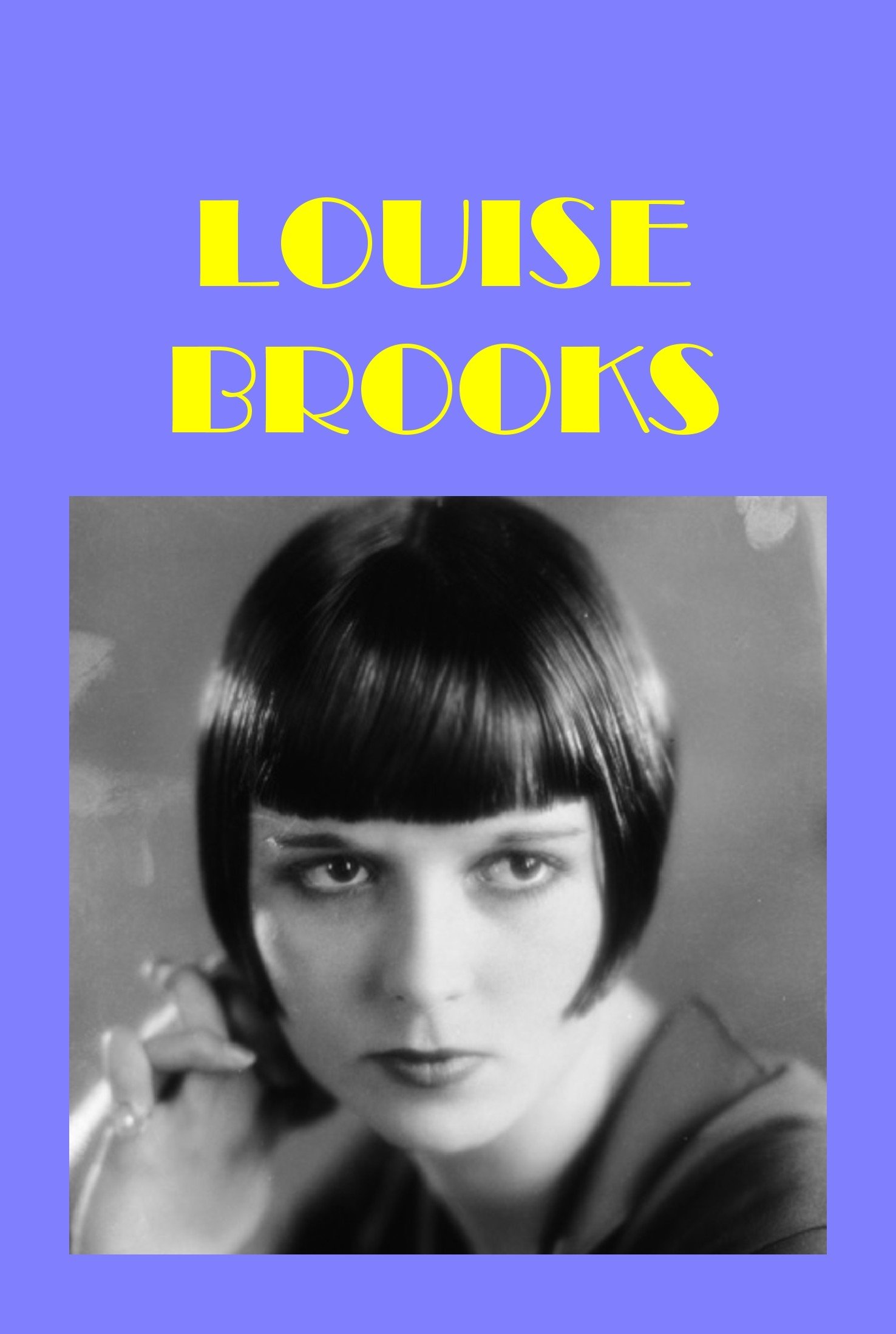
April 17, 1986
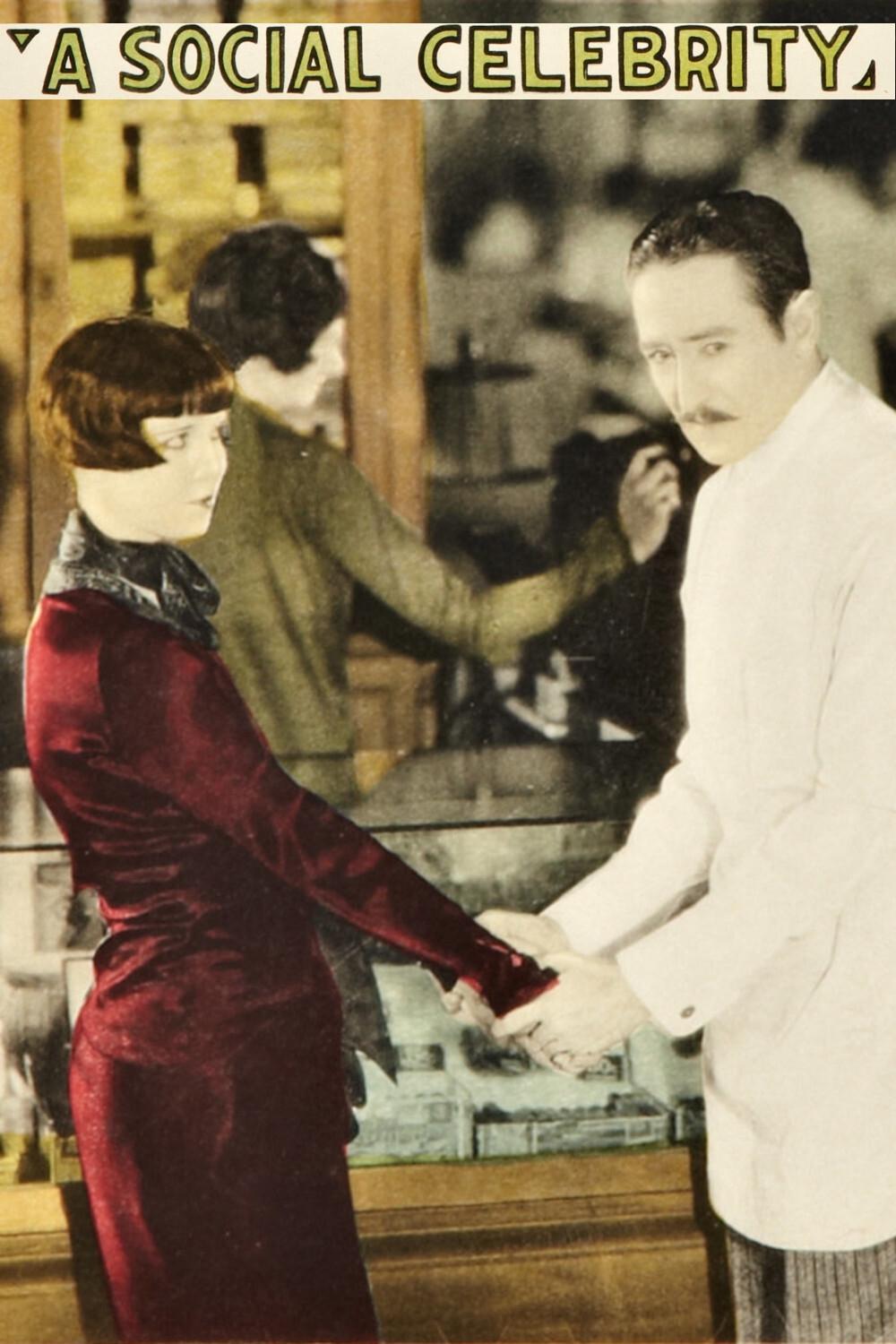
March 29, 1926

October 07, 1976

November 12, 1927
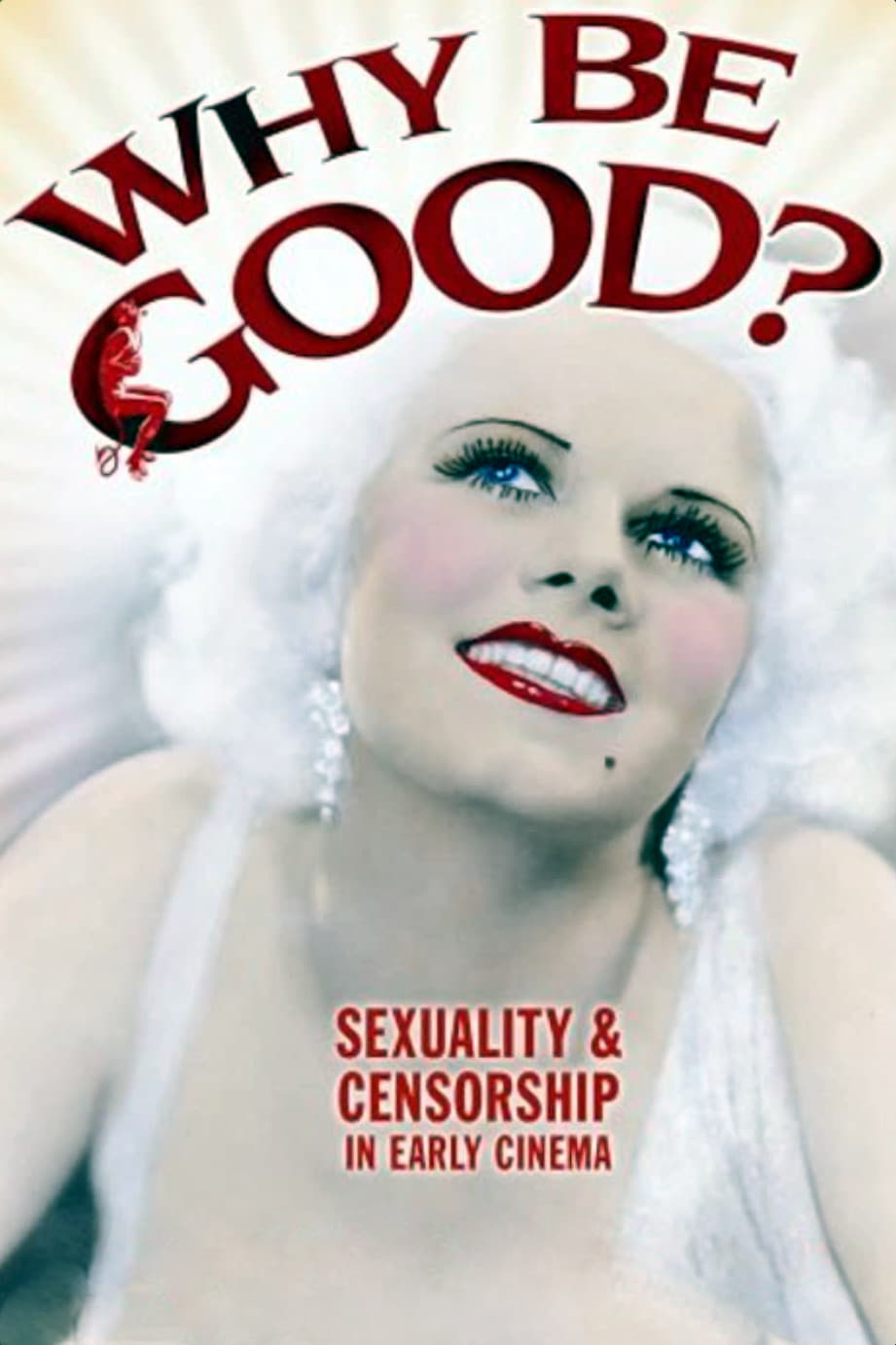
May 23, 2007
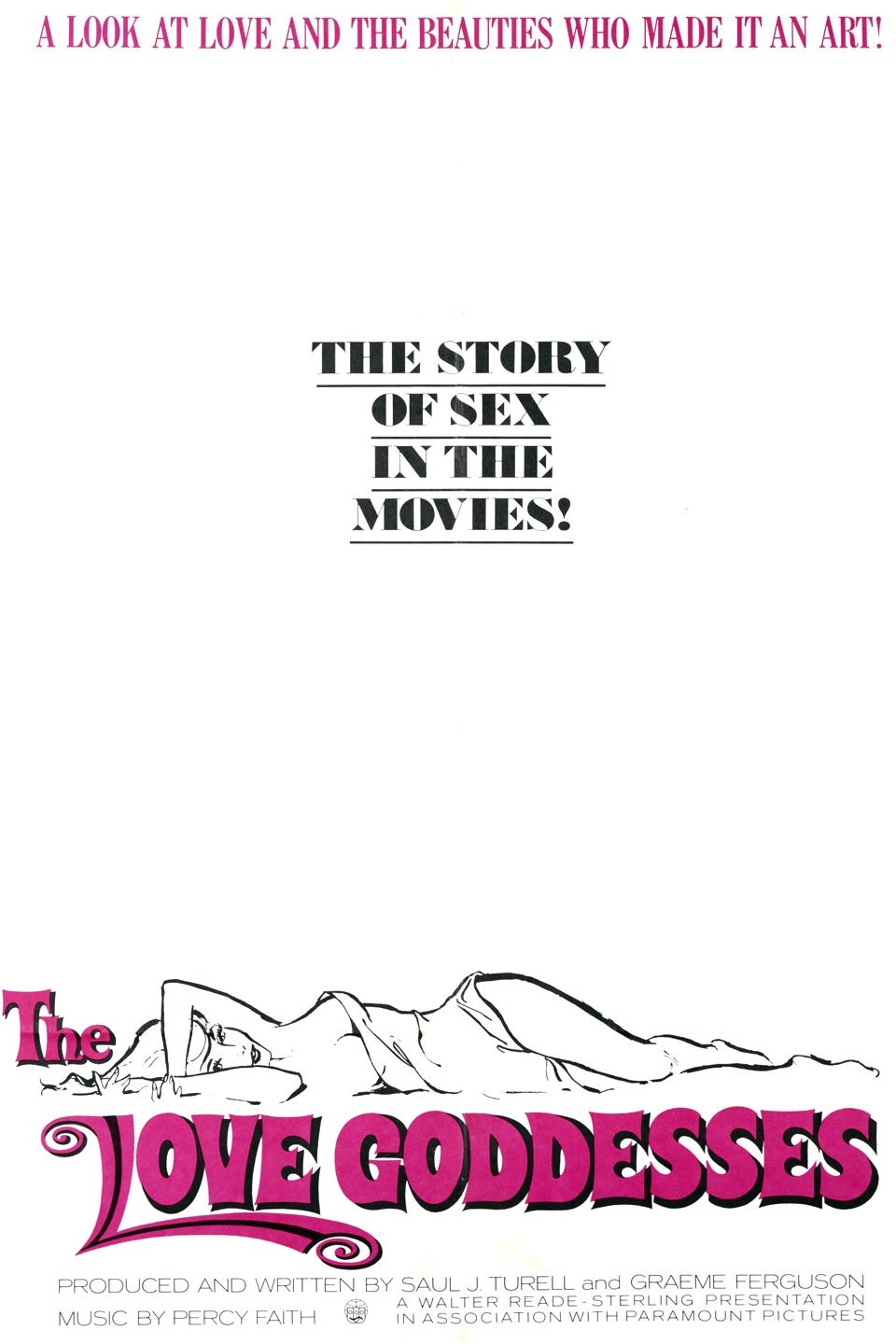
March 03, 1965

December 13, 1926
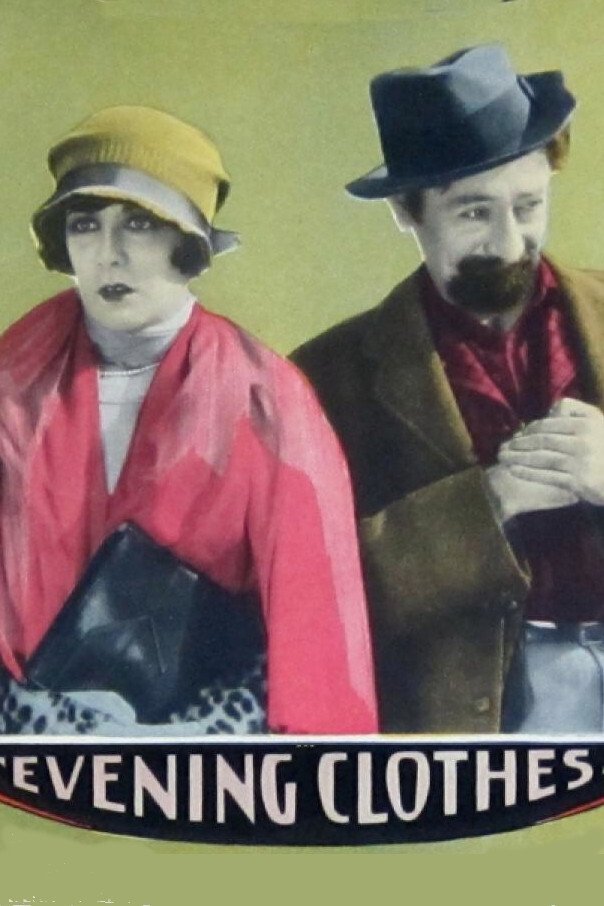
March 19, 1927

May 05, 1998
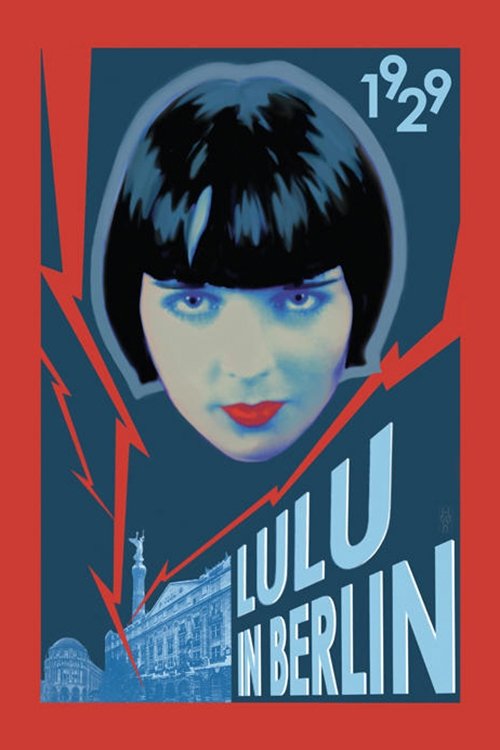
May 27, 1984